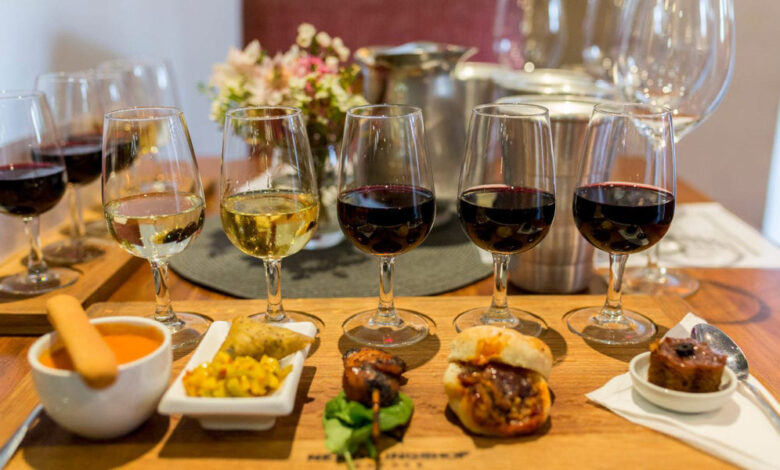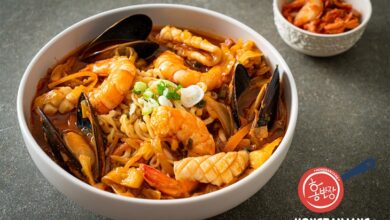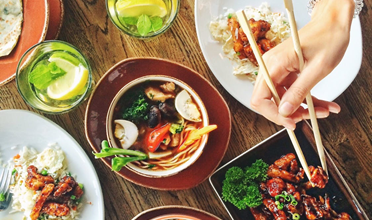A Visual Guide to the Perfect Food and Wine Pairings for Every Occasion

The success of food and wine pairing comes down to following your guts. If you like washing down Twiglets with Champagne in the comfort of your home, who are we to judge you?
But if you know nothing about food and wine pairing, remember that a balance of alcohol, body, and flavors is key. Regard wine as a sauce. You wouldn’t drizzle unctuous meat gravy over the fillet of lemon simply because its boldness will overpower the fish delicacy.
According to experts at Milwalky Trace, it is best to try to match a full-bodied wine with high alcohol to a full-flavored dish. In other words, less and lighter alcoholic styles often suit subtle flavors.
Why Food and Wine Matching is Important
Wine and food should balance, without one overwhelming the other. This doesn’t necessarily mean you do opposite pairings. Instead, you pair equal flavors so as to create a perfect balance.
Think of light-bodied white wines with a grilled fish or bold red wines with a plate of lamb for a delicate and delectable experience. At times, opposite flavors, like fried rice with sweet Riesling, go together.
Pairing Categories
Majorly, there are two food and wine pairing categories. These categories include complementary and congruent pairings. Complementary pairings consist of food and wine combinations, which don’t share compounds. Every food and wine has a unique flavor – meaning their complementary components are balanced. Salty foods and white wines are other examples of complementary pairings. These pairings are an inspiration for a perfect food and wine combination.
On the other hand, congruent pairing comprises wine and food, which don’t share flavors or compounds. They can be sweet wines paired with sweet foods. Congruent pairings often allow food and wine to complement flavors of each other. Red wine is perfect for creating a congruent pairing for your wine and food pairing menu. Mostly, red wines have different aromas and flavors, making them easier to pair with the same food combinations.
Getting Creative
Once you establish a perfect balance with the main taste components in both dishes and wines, you may go creative by pairing more subtle flavors. The following is a perfect example of using variants of cheese and mac:
1. Sweet White Wine
The concept behind this combination involves bringing out the salty and sweet flavors with a pairing. For instance, cheese and mac with ham pair well with zesty sweet white wines, such as Riesling. The acidity creates complementary pairings to the fat, while the sweetness serves as congruent pairings to the ham.
2. Bold Red Wines
The idea behind this is that tannin (high bitterness) will be balanced by fat and salt in macaroni. This combination can leave you with a subtle flavor to pair with wine and cheese. For instance, if baked macaroni is smoked, you may opt for a Shiraz that also has smokiness.
The Bottom Line!
The world of food and wine pairing is rich, vast, and confusing. And as always, it will be thoughtful to follow the rules of pairing until you know how and when to break them. But until then, remember that balance is key.





